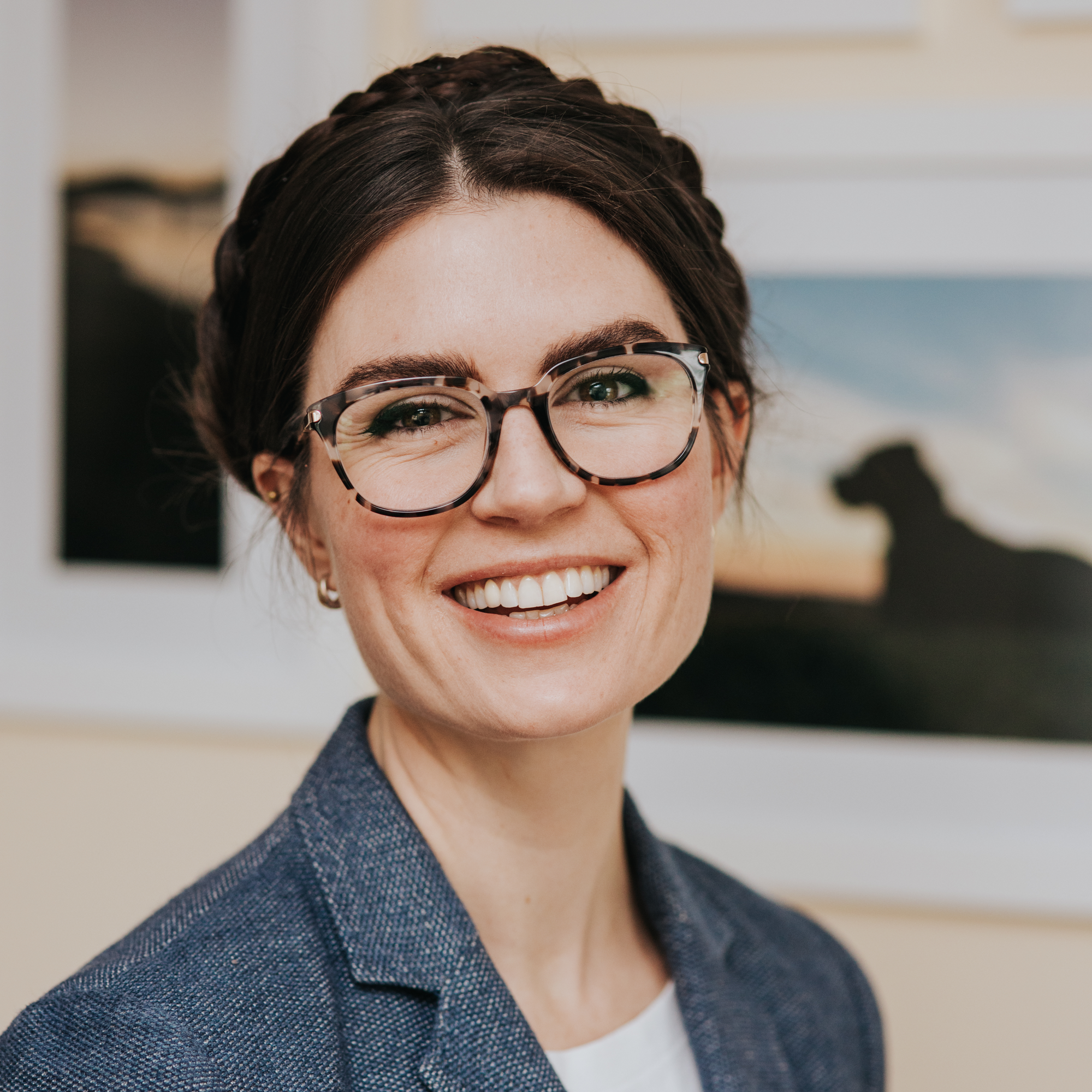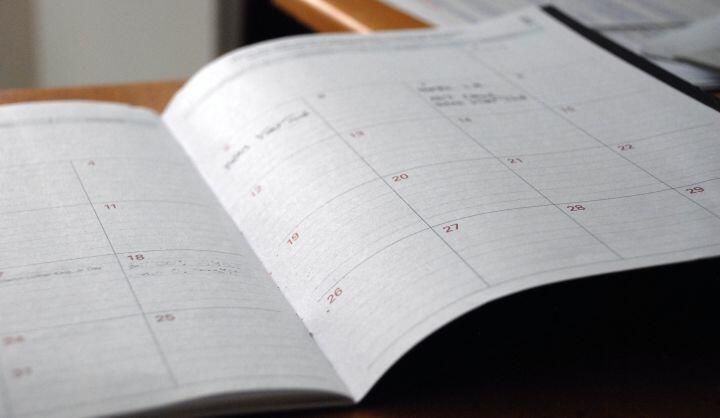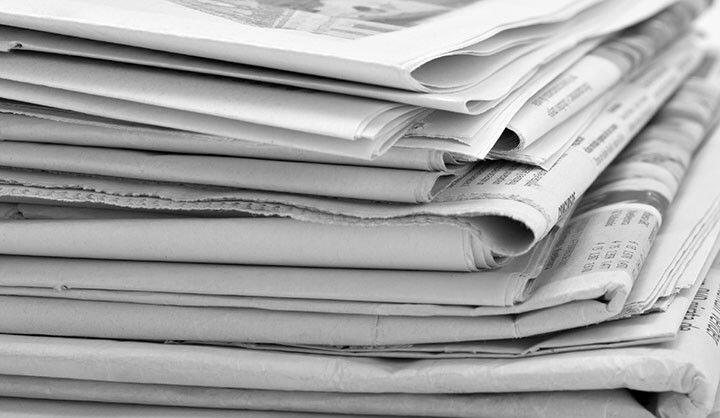- February 24, 2021
- COVID-19
There are all sorts of puns to be made about how Phoenix has persevered over the past 14 months: “rising from the ashes of 2020” or a city being “reborn in a fire.” But an easy quip doesn’t acknowledge the exhausting, challenging, contentious reality that has consumed the city since the COVID-19 outbreak reached Phoenix in March 2020, nor the efforts of dedicated civil servants in guiding a city that is just now emerging from multiple crises. Ultimately, this is the story of a city with a relentless belief in its people.
When the novel coronavirus swept across the United States in March 2020, officials in Phoenix were faced with some unique challenges. For one, the surrounding Maricopa County had a public health department, but the city did not. City Manager Ed Zuercher charged Milton Dohoney Jr, recently retired assistant city manager *, with overseeing Phoenix’s COVID-19 response; he got to work navigating infection reports, convening an emergency response team, and hiring an external epidemiologist to advise the city in lieu of a health department. Phoenix has a racially, economically, and politically diverse constituency which also made a cohesive COVID-19 response more challenging. With more than 14,000 city employees, Zuercher and Dohoney knew that this situation would require a big change in how the city operated. In order to make sure the changes had the most impact, they would have to be based on data and shared with the whole workforce in an efficient way, including an internal podcast and live interactive Webex events, both hosted with Zuercher. Phoenix Mayor Kate Gallego and the Phoenix City Council convened multiple weekly council meetings to direct the city’s response, and all were televised and streamed live.
To effect the most important changes, Dohoney knew the emergency response team would need data, a difficult task as Phoenix — like many cities — doesn’t have a data-sharing agreement with the county. Instead, Phoenix would have to get creative: enter Brent Olson, director of Homeland Security and Emergency Management, who had started his new position on March 2, 2020. Immediately thrown into the deep end, Olson helped the city start tracking cases by collecting the state health department’s case and death data, scanning the county’s public COVID-19 dashboard, and even filtering the regional school district’s dashboard to the city level. As Olson describes it, this was a constantly evolving process with more data every month; eventually Phoenix settled on collecting, monitoring, and sharing three important benchmarks for the city. These were 1: positivity rates, 2: COVID-19 cases out of 100,000 people, and 3: the percentage of COVID patients in city hospitals.
In addition to the data-driven decision-making, Dohoney knew that data could be used to refine external messaging. More than 34 percent of households in Phoenix speak a language other than English at home and 18 percent of residents live in poverty, according to the most recent Census Bureau data. And, although it is obviously difficult to get exact numbers, there is a significant population of undocumented residents in Phoenix, who are exponentially more vulnerable to COVID-19 and related economic disruptions. Based on the data, Mayor Gallego and members of the Phoenix City Council approved a plan to quickly provide support, information, and tests to these populations.
For this he turned to Interim Communications Director Shelly Jamison and Michael Hammett, interim deputy communications director. Hammett helped the city achieve What Works Cities Certification, and as a result Phoenix was recognized nationally at the Silver level for its leadership in data-driven decision-making at the very start of the pandemic. The city’s communications team quickly got to work on streamlining both internal and external communications. Thanks to the city’s innovative data collection, city officials could easily determine where and when to communicate to residents. The city wanted to target areas where folks were disconnected from traditional government messaging and directly reach out to communities that were now especially vulnerable. In addition to streaming city meetings, utilizing the Phoenix public TV station, and working with mainstream media, the team also went to social media like Facebook, Twitter, and NextDoor, a neighborhood app. This allowed them to reach directly out to communities with multilingual messages about mask wearing, social distancing, and stay-at-home orders.
However, aware of the digital divide, they city didn’t want to rely solely on digital communications. So, the communications team also helped produce messaging for grocery stores that would pop up at point-of-sale transactions and displays in other areas of the stores. They made sure to put these multilingual messages in stores that were located in areas with high refugee and immigrant populations, and communities of color, and explicitly stated that no identification was needed to be tested in order to assuage fears among undocumented residents. According to the data, “we were reaching the communities we wanted to reach — Spanish-speaking was incredibly important to us, as a large portion of the demographic was Spanish-speaking only,” said Hammett. The messages ran for three months at 21 different stores, and immediately showed results.

“Within two weeks, we saw an increase of about 100 percent” in COVID-19 tests, according to Hammett; the city could measure the relationship between the messaging and the tests, because they were running both. Thanks to federal relief funding, the city’s Public Works Department purchased a van and converted it into a mobile testing site. Partnering with trusted community clinics, Phoenix officials set up the site, logistics, communications, and security so the contracted clinical partners could perform tests. Using Olson’s data, the city would identify infection hotspots to determine where to conduct tests, staying in each place for a day or two at a time. “We do 5,000 people a week from the van,” said Dohoney. “The data is fine, but the data has to drive you to do something. This data told us that there was still a demand for testing, so we bought a second van.” The second van travelled to hotspot areas and stayed for longer, testing the community for multiple days at a time thanks to data-driven planning.

Another population that Phoenix officials were especially concerned about was residents experiencing homelessness. Due to the extreme heat in the summer and the ease with which COVID-19 spreads in dense communities, the city turned its convention center into a socially-distant homelessness respite center. Unhoused residents were provided with bus transportation so they could access the facility, and connected with wrap-around services once there. This initiative lasted through September 2020 and, thanks to data collection, the city was able to efficiently calculate how many people would come through, how many meals needed to be served, and how many staff were required. Doubling down on its commitment to supporting the most vulnerable, January 2021, the city completed a hotel purchase, which will be used as housing for veterans experiencing homelessness — a particularly crucial mission as the COVID-19 cases continued to rise in 2021.
Of course, all of this work has been complicated by extremely divisive political rhetoric, the spread of virus misinformation, and an exhausting presidential election that resulted in Arizona turning blue for the first time since 1996. Dohoney, Olson, and Hammett were candid about the toll that these interrelated crises and the political divisiveness took on the city. Early in the pandemic, city officials had to field calls from both pro- and anti-mask wearers, and they were even challenged by some city employees who initially resisted the mask mandates. According to Hammett, the city didn’t consciously set messages for anti-maskers, but instead focused on educating the public about the importance of masks in general, in alignment with Maricopa County’s mask regulation and the city’s contracted epidemiologist. The “Mask Up Phoenix” campaign focused on educational, data-driven positive messaging across all avenues of communication, like social media, billboards, and television.
“When we step back and look at all that’s happened, essentially we have transformed the way that government services occur,” said Dohoney when reflecting back on 2020. “We’ve changed the way that we do business as a result of the pandemic. We have really tested our ability to adapt.” Adaptation is exhausting, and no city is out of the woods yet. But Phoenix — and its residents — are resilient. Despite the challenges that COVID-19 has brought, the city will rise back stronger with data and the wellbeing of its community as a guide.
* Milton Dohoney Jr. retired from the city of Phoenix in February 2021.





